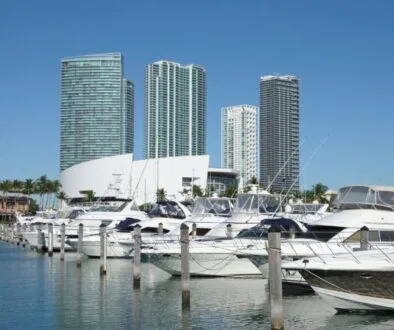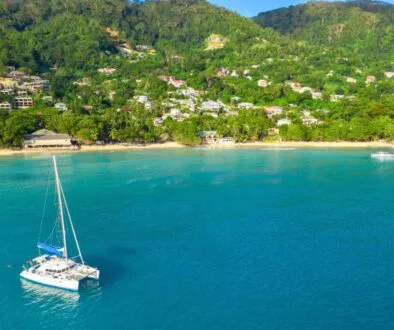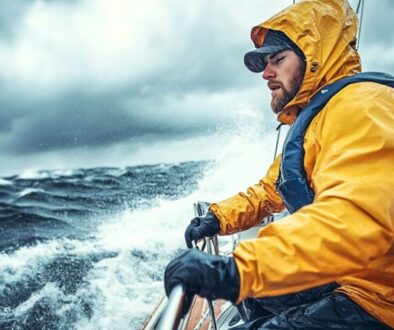Breaking Down Facts: Are Catamarans Faster Than Monohulls?
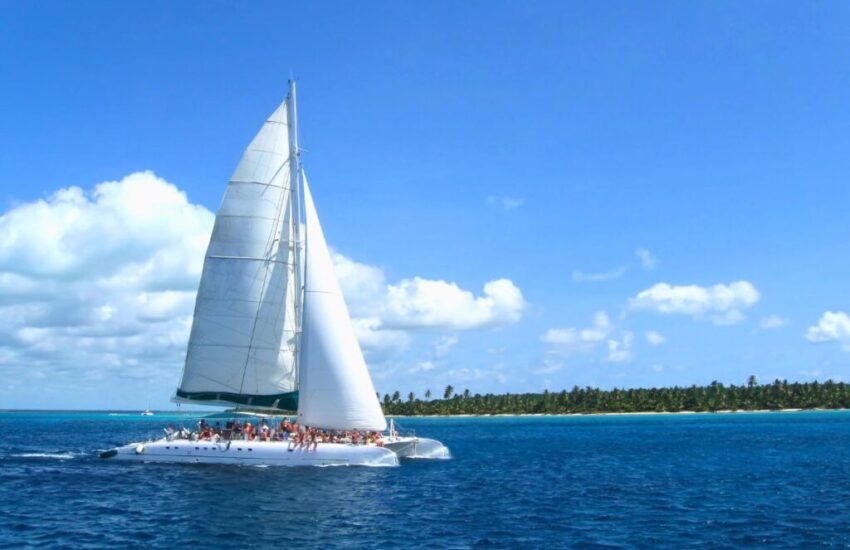
Published May 20, 2025
Are catamarans faster than monohulls? It’s a question that stirs passionate debates among enthusiasts, and the answer isn’t as simple as you might think. While catamarans are often praised for their speed, it all comes down to design, sailing conditions, and purpose. So, before you pick sides, let’s dive into what affects performance and why the answer might surprise you.
In this article, we’ll explore the key differences between catamarans and monohulls, with a special focus on how they measure up in terms of speed.
Understanding The Basics Of Catamarans And Monohulls
Ever wonder why are catamarans faster than monohulls? The secret lies in their design. Unlike monohulls, which rely on a single hull, catamarans boast two parallel hulls connected by a platform. This unique structure isn’t just for looks—it enhances speed, stability, and performance on the water. Let’s examine the key differences between these vessel types and discover what sets catamarans apart.
What Is A Catamaran?
A catamaran is a multi-hull vessel featuring two parallel hulls joined by a central deck. The Austronesian outrigger canoes, known for their stability and efficiency, inspired the design of catamarans. Modern catamarans continue this tradition. Their wide beam and reduced drag make them ideal for recreational cruising and racing.
For modern adventurers, Seafari Yacht Charters offers a premium fleet of catamarans designed for smooth, stable, and fast sailing in tropical waters.
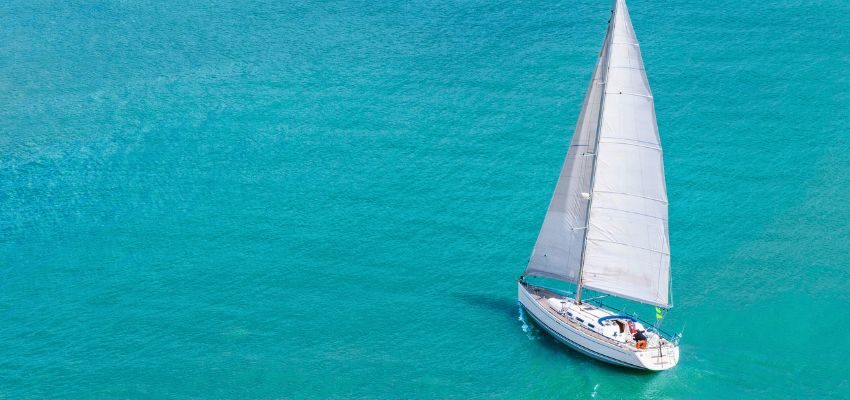
What Is A Monohull?
As the name suggests, a monohull features a single hull. These boats are known for their deep keels and excellent stability. They slice through waves with ease. Monohulls are iconic in traditional sailing. They’re often used for ocean crossings and competitive racing. Their design is built to perform.
Key Differences In Design And Performance
The design of a vessel’s hull plays a crucial role in its performance. Catamarans have twin hulls and no heavy keel. This reduces drag and increases efficiency. They also have a larger sail area for their weight, making them faster. Monohulls, in contrast, use a keel for stability. They perform well upwind and handle rough seas with seas.
Speed Comparison
The answer isn’t straightforward when comparing the speed of catamarans and monohulls—it depends on design features and sailing conditions. Let’s break down the key factors influencing performance and how these vessels fare in real-world scenarios.
Key Factors That Determine Speed
Several elements play a role in how fast a boat can go:
- Drag: Catamarans generally experience lower drag since they lack a ballasted keel, allowing them to glide more efficiently through the water.
- Sail area-to-weight ratio: A larger sail area relative to the boat’s weight typically results in higher speeds.
- Hull shape: The slender, streamlined hulls of catamarans reduce resistance and enhance speed.
- Wind conditions: A boat’s ability to harness and manage wind power is crucial to its overall performance.
Real-World Speed
Catamarans often have the edge under calm and steady conditions, especially when sailing downwind or in light winds. Many performance cruising catamarans can reach 15 knots or more speeds, with racing models achieving even higher velocities.
Monohulls excel in different conditions. They perform well upwind and in rough seas. Under optimal conditions, they maintain speeds of 6 to 8 knots.
Performance Across Different Conditions
- Upwind: Monohulls outperform catamarans when sailing into the wind thanks to their ballasted keel, offering better windward performance.
- Downwind: Catamarans shine in downwind conditions, leveraging their lightweight design to maximize speed.
- Light Winds: With less drag and greater efficiency, catamarans hold a clear advantage in gentle breezes.
- Rough Seas: Monohulls are often more stable in heavy seas, with their keel cutting through waves for a smoother, more reliable ride.
Catamarans are faster in light winds and downwind sailing, while monohulls perform better in rough waters and upwind. Choosing the right vessel depends on sailing conditions and needs.
Why Catamarans Are Often Faster—But Not Always
Catamarans’ speed advantage often lies in their unique design, but there are conditions under which monohulls can hold their own. Let’s break it down.
- Hull Design and Reduced Drag. Catamarans use two hulls to distribute weight. This reduces drag and helps them move faster for their size compared to monohulls. They are lighter because they lack the heavy keel of monohulls. As a result, they need less effort to move through the water.
- Sail Area and Weight Distribution. With a higher sail area in proportion to their weight, catamarans excel at capturing wind power, giving them a natural speed advantage. Their wide, stable twin-hull design eliminates the need for a heavy counterweight, enhancing stability and performance.
Despite these advantages, monohulls can outperform catamarans in certain conditions. Monohulls have better control in rough seas or strong winds and perform better when sailing upwind. Skilled sailors find them easier to manage in extreme weather. Their streamlined design is a key advantage.
Frequently Asked Questions
How much faster is a catamaran compared to a monohull?
Cruising catamarans are typically 25-30% faster than similarly sized monohulls in ideal conditions.
Does wind strength impact their speed difference?
Absolutely. Catamarans perform exceptionally well in light to moderate winds, while monohulls gain the upper hand in strong winds, particularly when sailing upwind.
Are catamarans better suited for ocean crossings?
Catamarans offer a fast and comfortable option for ocean crossings. However, their shallower keel depth can make them less forgiving in rough seas than monohulls.
Is speed the most important factor when choosing between the two?
Not necessarily. While speed is a consideration, factors like comfort, onboard space, cost, and your intended use of the boat often play a larger role in the decision-making process.
Which is safer in rough seas or at high speeds?
Both have unique safety advantages. Monohulls can self-right after capsizing, while catamarans offer superior stability but are at risk of capsizing completely (turtling) if flipped.
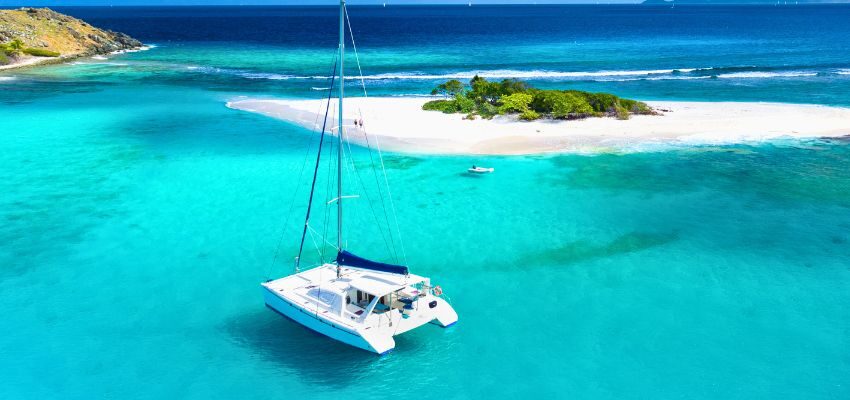
Sail Smarter: Making The Right Choice For Your Next Voyage
Catamarans are fast, spacious, and stable in calm conditions, making them a great option for those who prioritize speed and comfort. But are catamarans faster than monohulls? In many cases, yes—especially in downwind conditions, thanks to their lighter weight and dual-hull design. Monohulls perform better upwind and in rough seas and are usually more cost-efficient. The choice depends on your sailing goals. For speed and space, choose a catamaran. For tradition and performance, go with a monohull. Both offer great ways to enjoy life on the water.
Whether you crave speed or tradition, Seafari Yacht Charters gives you access to a fleet that caters to both experiences—so you don’t have to choose without trying.
Experience Yacht Charters With Seafari In Boca Raton Florida
Looking for a great time on the water in Boca Raton Florida? Seafari Yacht Charters is number choice for yacht rentals in Boca Raton. Book our yachts for parties, exciting day trips to the Bahamas, romantic yacht dinner cruises, and much more. Come experience all South Florida has to offer with us.
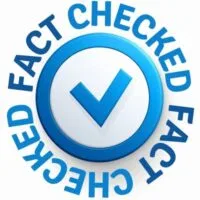
Fact Checked By Experts
Our team of internal experts has conducted rigorous fact-checking on this content. Explore the editorial standard for our website to dive deeper into our commitment to excellence.

About The Author
Hello! I’m Corinne, a proud nursing graduate from Riverside College with a particular flair for writing. My mission is to deliver top-notch, flawless web content that’s well-researched and engaging. I have a strong penchant for many various topics, so my writing is targeted towards people from all walks of life.
